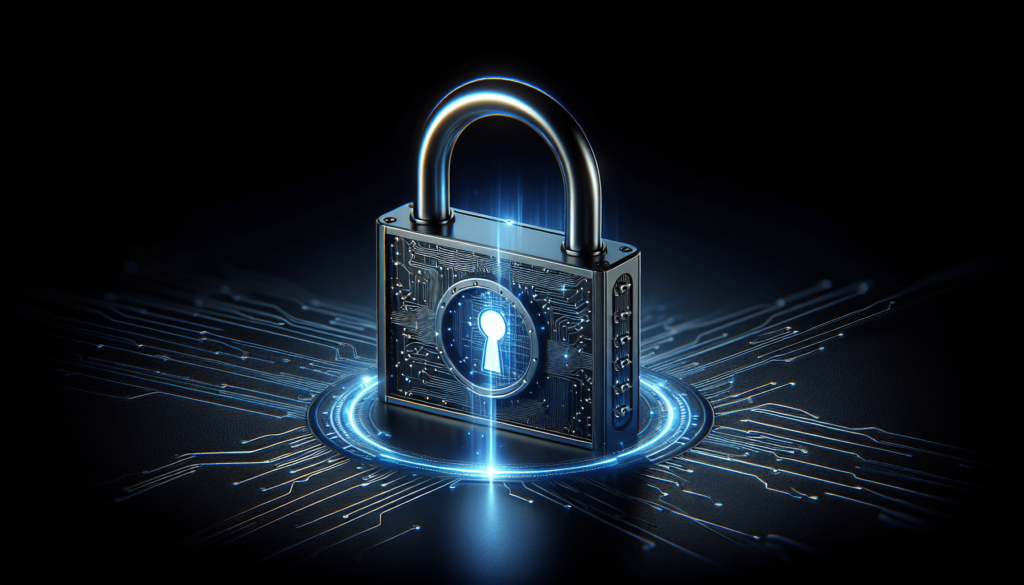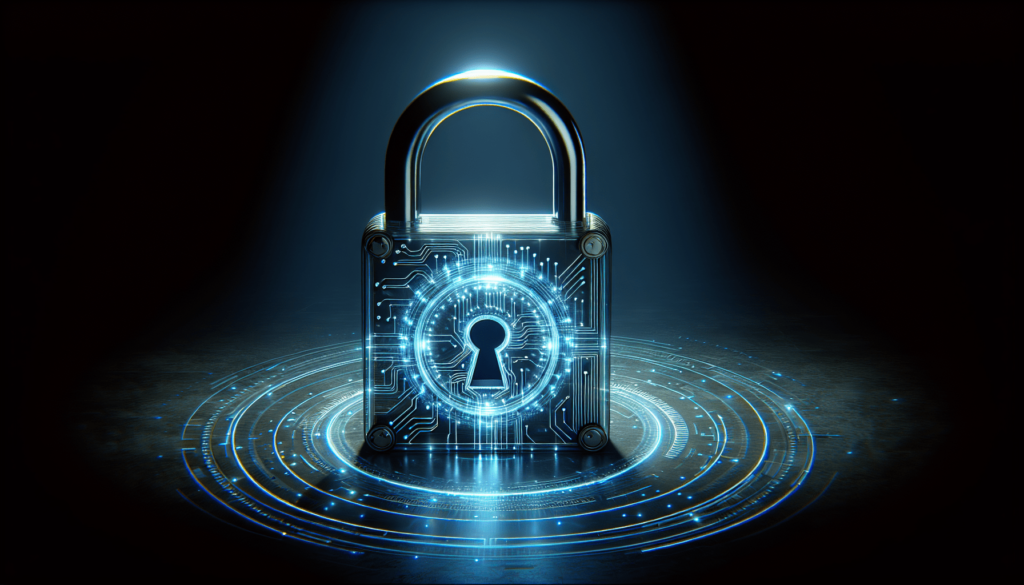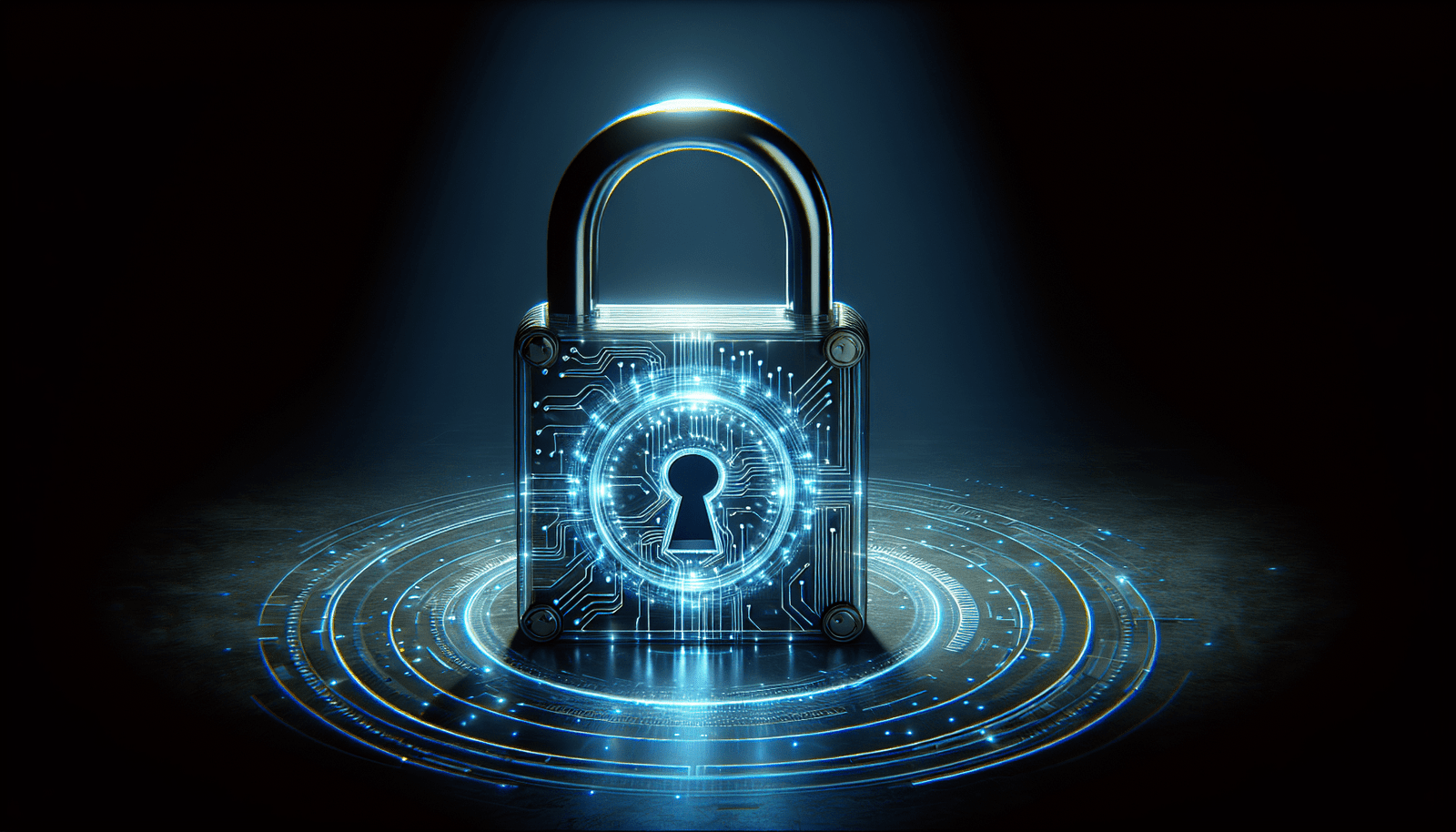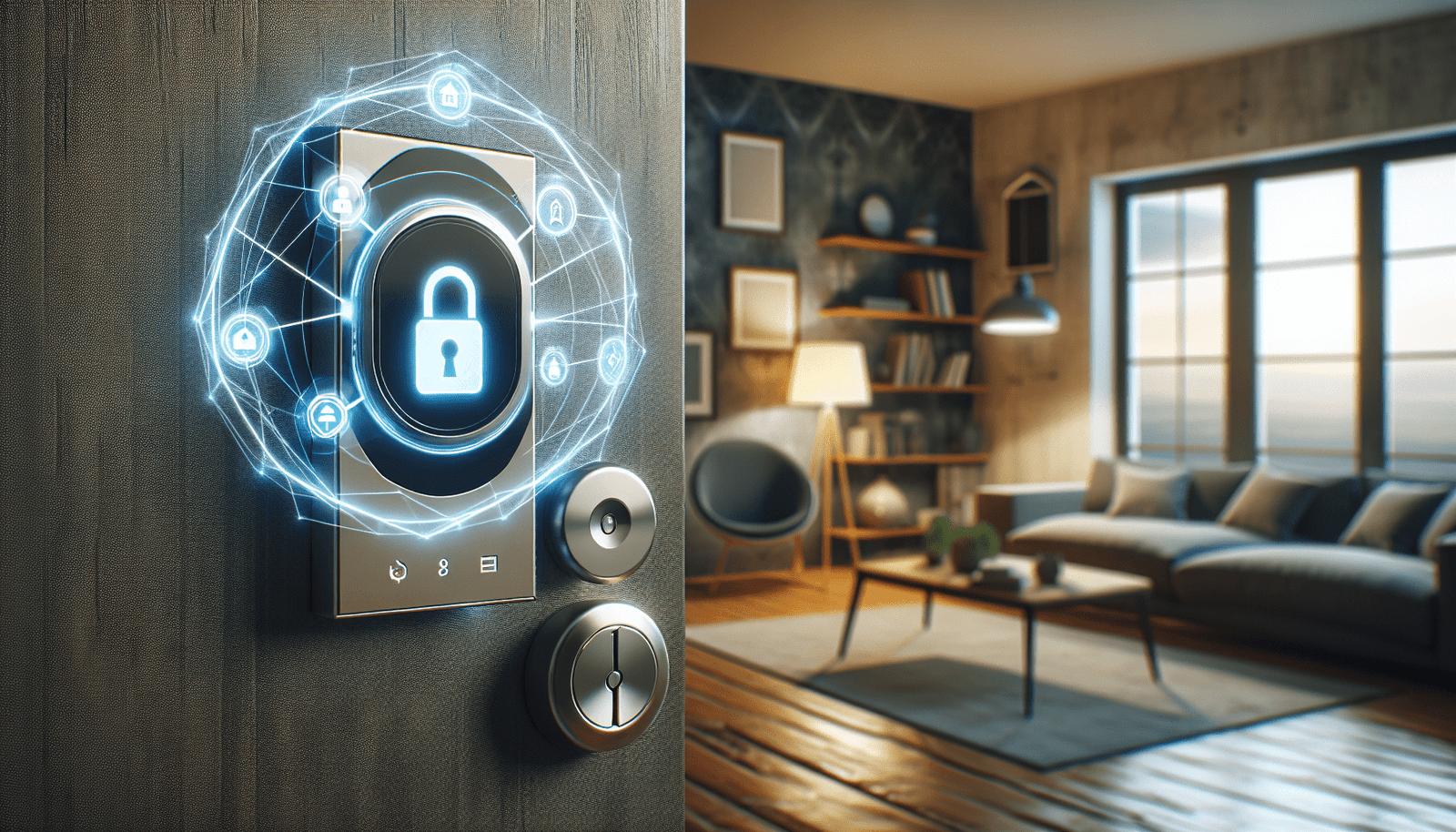Have you ever wondered how secure your smart security devices truly are? In our rapidly evolving digital age, smart home technology has revolutionized the way we safeguard our living spaces. From keeping an eye on deliveries to monitoring who’s at your door, smart security devices offer unparalleled convenience. But with such advanced technology comes the pressing concern of cyber threats. So, how can you ensure your smart devices are as safe as they are smart?
Understanding Smart Security Technology
What Are Smart Security Devices?
Smart security devices are cutting-edge tools that use internet connectivity to provide homeowners with enhanced security features. These devices include smart cameras, doorbells, locks, and alarms, and they often integrate seamlessly with your smartphone or other home automation systems. By harnessing the power of the Internet of Things (IoT), they offer real-time monitoring and alerts right at your fingertips.
How Do They Work?
These devices leverage Wi-Fi connections to send data and notifications to your mobile devices. For example, when someone rings your smart doorbell, you can see and speak with the visitor through your phone, even if you’re miles away. Similarly, smart cameras allow you to monitor your home in real-time, offering features like motion detection, night vision, and cloud storage for recorded footage.
Common Cybersecurity Concerns
The Risks Involved
While smart security devices provide numerous benefits, they also pose potential risks. Cyber threats such as hacking, data breaches, and unauthorized access are significant concerns. Hackers can exploit vulnerabilities to gain access to your devices and, subsequently, your personal data. It’s crucial to be aware of these risks to take appropriate action to safeguard your home.
Real-Life Examples and Case Studies
There have been instances where smart security devices were compromised. Consider the scenario of a homeowner who discovered their smart camera was hacked, allowing unauthorized parties to view their home’s interior. Such breaches highlight the importance of implementing robust security measures to protect your smart devices from cyber threats.

Practical Steps to Secure Your Smart Security Devices
Keep Your Software Updated
One of the simplest yet most effective ways to enhance your device security is by keeping your software up to date. Manufacturers often release updates that patch security vulnerabilities and improve device functionality. Regularly checking for and installing these updates can prevent hackers from exploiting known weaknesses.
Use Strong, Unique Passwords
A strong password is your first line of defense against unauthorized access. Use unique passwords for each device, and ensure they are complex, including a mix of letters, numbers, and special characters. Avoid using easily guessed passwords or default settings, as these can be easily exploited by hackers.
Enable Two-Factor Authentication (2FA)
Two-factor authentication (2FA) adds an additional layer of security by requiring a second form of verification before granting access to your device. This could be a text message code or an authentication app. Enabling 2FA can significantly reduce the risk of unauthorized access to your smart security devices.
Secure Your Network
Securing your home network is paramount to protecting your smart devices. Ensure your Wi-Fi network is password-protected and uses WPA3 encryption for enhanced security. Consider setting up a separate guest network for visitors, keeping your main network reserved for your smart devices and personal use only.
Exploring Popular Smart Security Devices and Brands
Smart Home Cameras
Smart home cameras are among the most popular devices in modern home security systems. They come equipped with features like high-resolution video, motion detection, and night vision. Popular brands include Ring, Arlo, and Nest, each offering unique advantages like compatibility with different ecosystems and advanced AI functionalities.
Product Comparisons
Here’s a simple comparison table to help you choose:
| Brand | Key Features | Pros | Cons |
|---|---|---|---|
| Ring | Real-time video, motion alerts | Integration with Ring doorbells | Requires subscription for full features |
| Arlo | Wireless, cloud storage | Easy installation, 4K video quality | Higher upfront cost |
| Nest | Advanced AI, integrates with Google | Smart alerts, excellent design | Depends on Google ecosystem |
Smart Doorbells
Smart doorbells are great for monitoring who comes to your door, even when you’re not home. They offer two-way audio, instant alerts, and video recording. Leading brands like Ring and Nest provide robust options with various price points to suit your needs.
Smart Locks
Smart locks offer a keyless solution to home security. They enable you to lock and unlock doors remotely, grant temporary access to guests, and receive notifications when someone enters your home. Brands like August and Schlage are renowned for their reliability and ease of use.

Integrating Smart Security into Your Home Ecosystem
Smart Home Automation
Integrating your smart security devices into your overall home automation system can enhance your security measures. You can create routines where your lights turn on when your security camera detects movement, or your thermostat adjusts when you leave the house. This integration offers both convenience and increased security.
The Role of AI and IoT
AI enhances the capability of smart security devices by offering features like facial recognition, object detection, and predictive analysis. The interconnectedness of the IoT means your devices can communicate with each other, offering a comprehensive security solution that learns and adapts to your habits and needs.
Addressing Privacy and Data Protection Concerns
The Importance of Data Security
Data protection is crucial when using smart security devices. Your devices collect and transmit large amounts of personal information, including video footage and access logs. Ensuring this data is secure protects you from privacy breaches and potential misuse of information.
Best Practices for Data Protection
Secure data storage is vital. Opt for devices that offer encrypted storage solutions and secure transmission protocols. Familiarize yourself with privacy settings and regularly review them to ensure they align with your comfort level with data sharing.
Tackling Privacy Concerns
To address privacy concerns, consider these tips:
- Keep your software updated to close security loopholes.
- Regularly change passwords and use unique ones for each device.
- Limit the amount of data shared with manufacturers and third parties by adjusting app settings.
DIY Installation and Troubleshooting Tips
Setting Up Your Devices
Most smart security devices are designed for easy DIY installation. Follow provided instructions, and ensure you have the necessary tools and access to Wi-Fi during setup. If you’re integrating with other smart home products, consult their guides for a smoother process.
Common Troubleshooting Issues
Some common issues you might encounter include connectivity problems and software glitches. If your device isn’t connecting to the network, try restarting both the device and router. For software issues, ensure all apps and firmware are up to date.
When to Seek Professional Help
While DIY installation is cost-effective, some issues may require professional assistance. If you’re struggling with connectivity or complicated integrations, a professional can ensure your system is set up correctly and efficiently.
Looking Toward the Future: Trends and Innovations
Emerging Trends in Smart Security
The smart security industry is constantly evolving, with innovations like advanced AI, improved battery life, and solar power integration. These enhancements promise more effective and sustainable security solutions.
Future Innovations to Watch
Expect to see further integration of biometric technology, improving facial and voice recognition accuracy. Additionally, enhanced privacy measures, like decentralized data storage, aim to offer users more control over their information.
Conclusion: Taking Charge of Your Cybersecurity
Securing your smart security devices from cyber threats is an ongoing process. By staying informed and proactive, you can enjoy the benefits of smart technology without compromising on security. It’s important to implement robust security practices, keep up with technological advancements, and continuously evaluate your systems. With these steps, you’ll not only protect your home but also ensure peace of mind in our increasingly connected world.
Disclosure: As an Amazon Associate, I earn from qualifying purchases.





